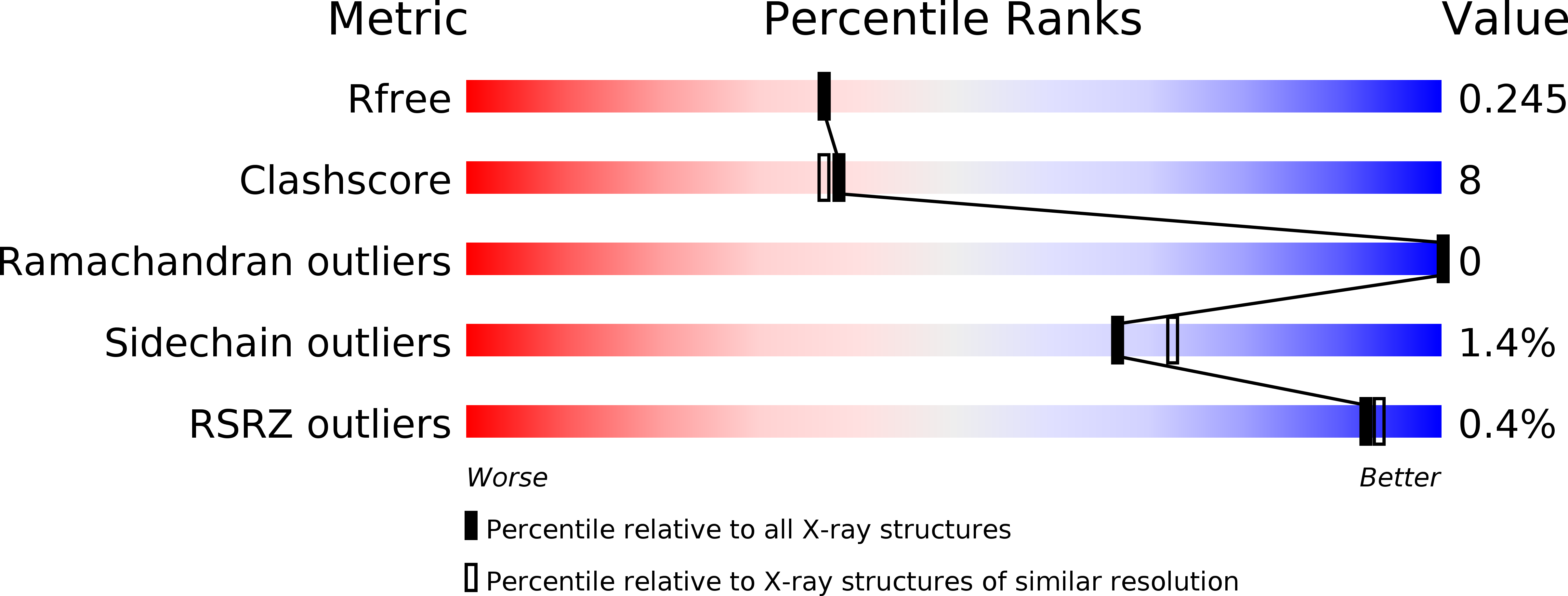
Deposition Date
2017-09-04
Release Date
2017-11-29
Last Version Date
2023-11-22
Method Details:
Experimental Method:
Resolution:
2.11 Å
R-Value Free:
0.24
R-Value Work:
0.18
R-Value Observed:
0.18
Space Group:
P 21 21 21


